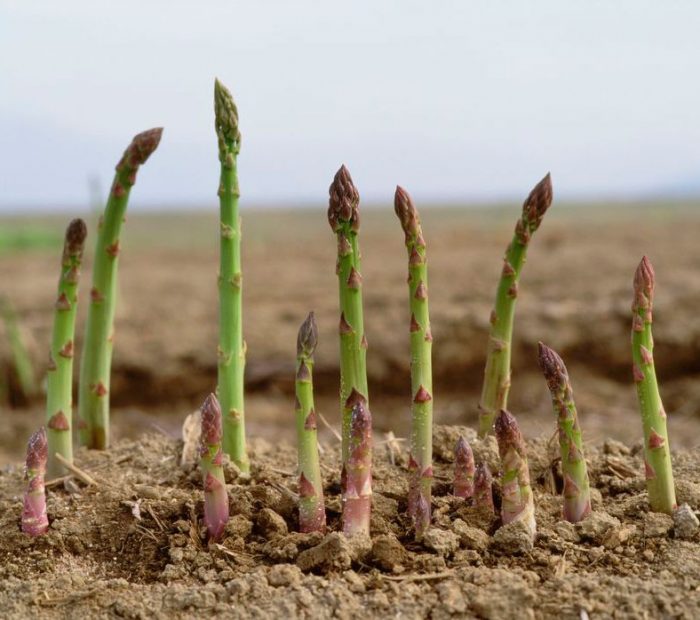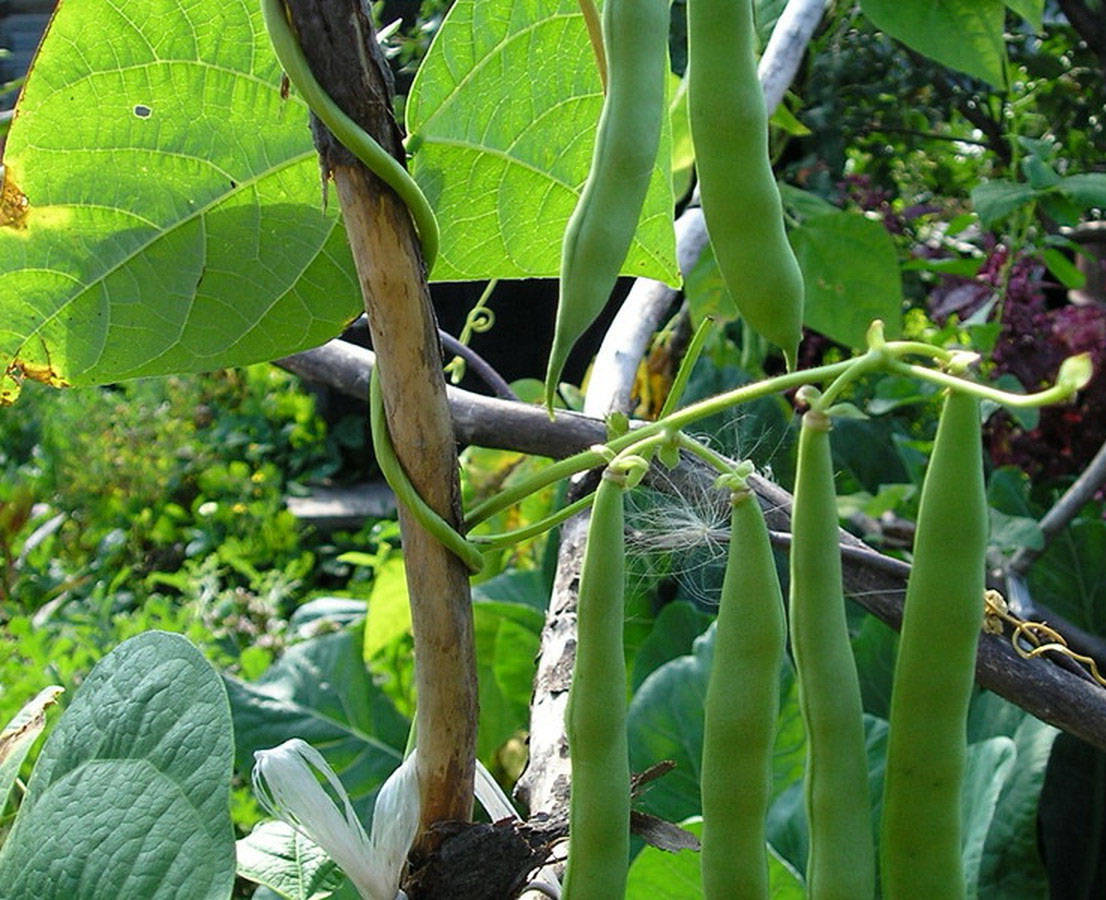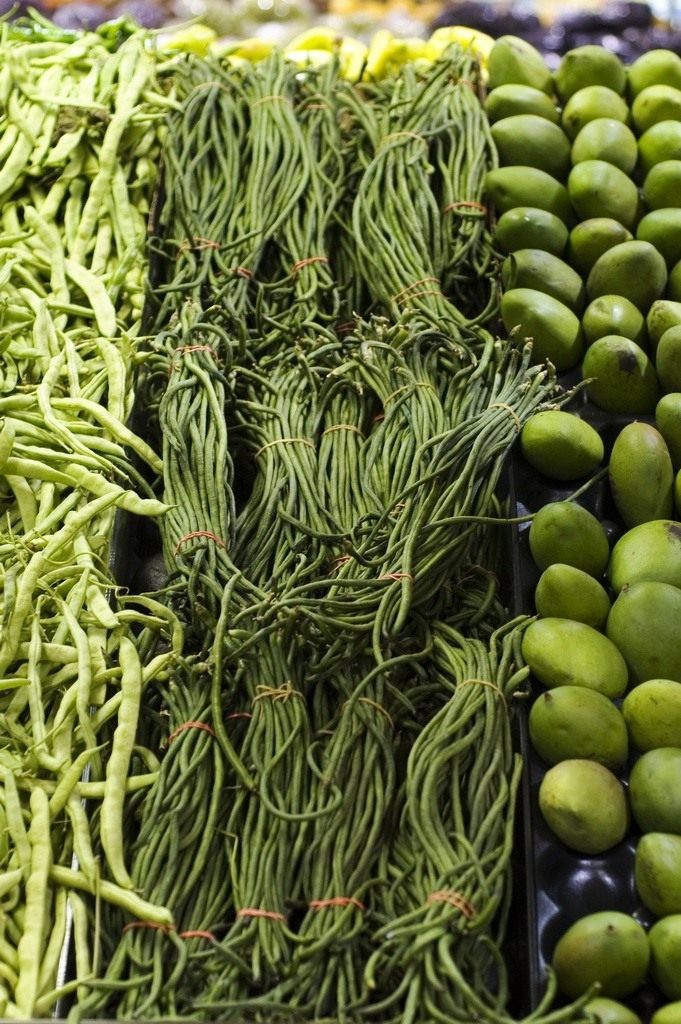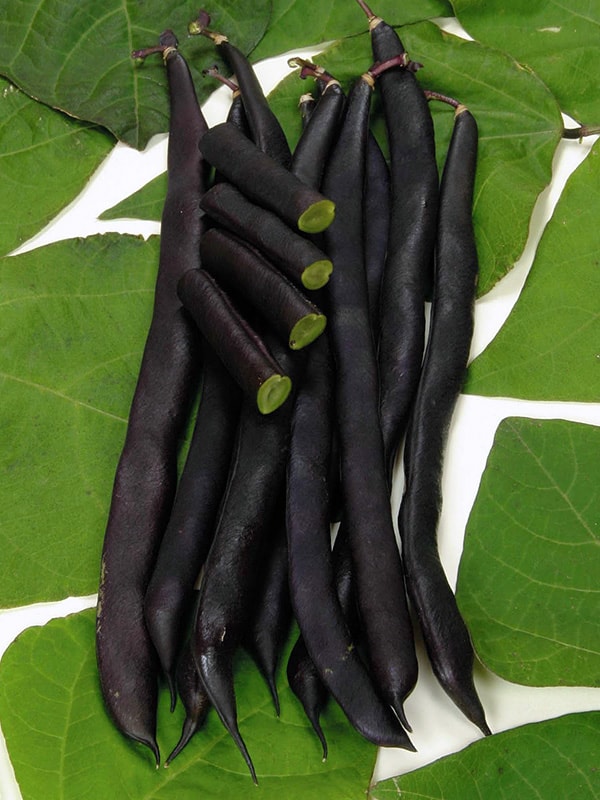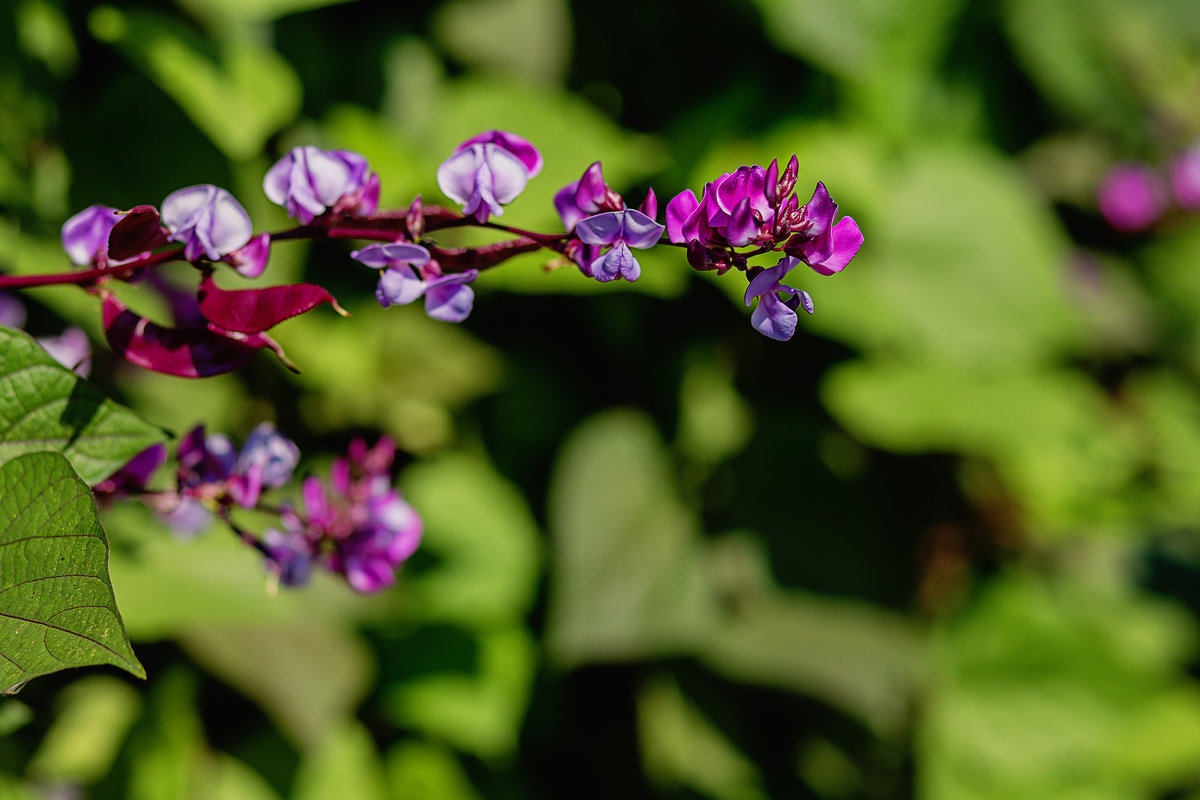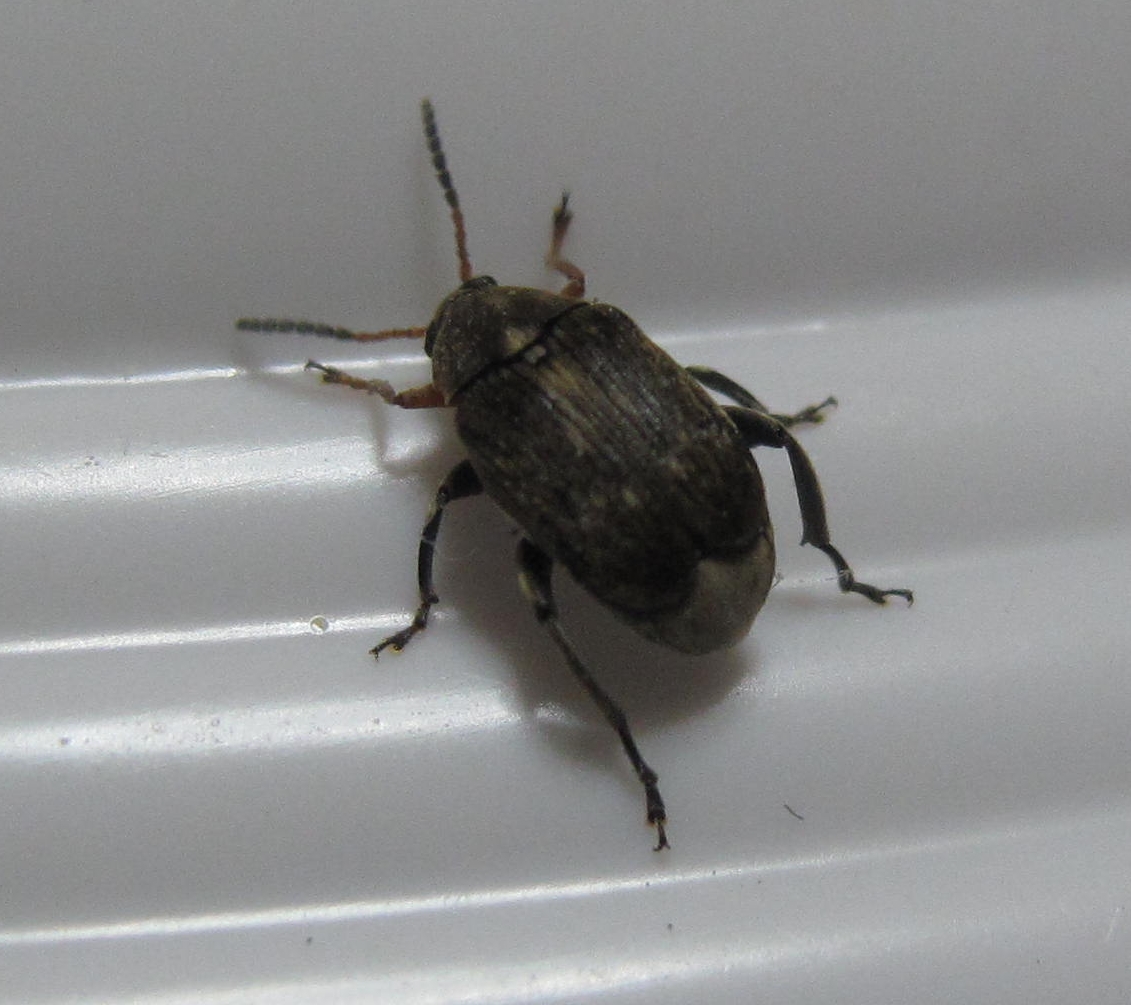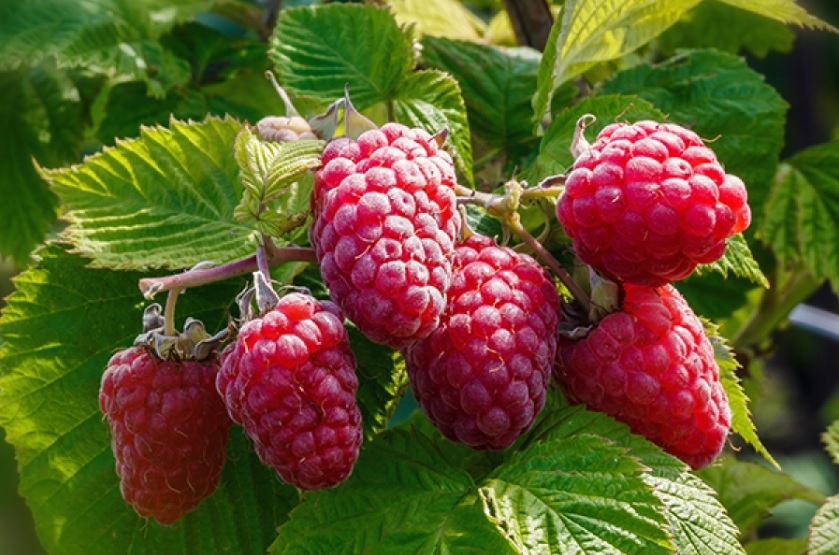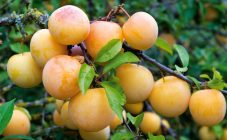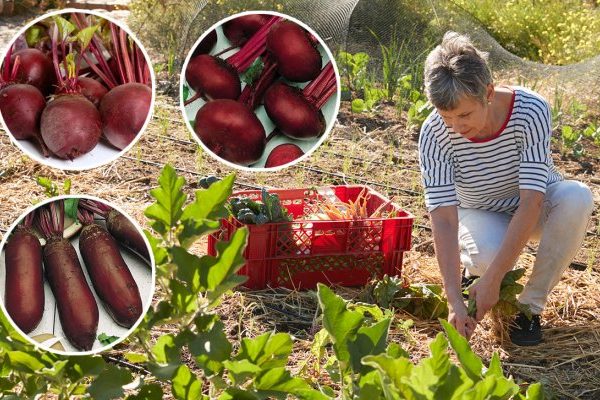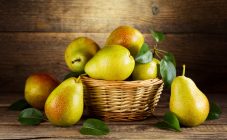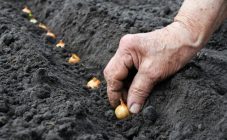Many gardeners cannot imagine a summer cottage without representatives of the Bobov family. These include asparagus beans. Today there is a fairly wide selection of varieties. So, when making a choice, you should carefully study the features of production and cultivation.
Description of culture
Before planting a crop, the soil should be prepared in the fall: add humus, potassium chloride and superphosphates. When planting bush varieties, the holes are arranged according to the principle of a checkerboard or in a row. To grow climbing species, you need to equip a support in advance.
The deciduous part is trifoliate, voluminous, saturated green, ovoid in shape. The flowering period is characterized by the appearance of beautiful flowers with five petals. The color of the flowering can vary, depending on the varietal characteristics: it can be pink, white or purple. This characteristic allows the use of culture for decorating estates.
Taking into account the varietal characteristics of plants, legumes can also differ in size, color and shape. Copta with green, purple, blue, white, yellow, red and pink beans are considered common. Its dimensions can vary from 6 to 15 centimeters. One pod can contain 3 to 7 pcs. seed. Legumes are considered nutritional leaders, largely due to their rich and healthy composition. A large amount of protein in the composition allows you to fully replace meat in the diet.
The lack of tough fiber and tender flesh is what makes asparagus different from green beans. At the same time, asparagus and green beans have a difference in the length of the pod, its hard part protects well from insects and other external factors.
Asparagus beans are native to tropical South America. Further, the cultivation of the culture began in China, gradually the asparagus beans spread throughout the world. Planting of bushy, semi-twisting and curly varieties of the sparge culture is popular. The bushy variety has shoots ranging from 25 to 45 cm long. For the most part, this bean species belongs to the early ones, yielding only once. For semi-curling, the characteristic length of shoots is 1-1.5 m, for curly ones - from 2 to 5 meters. In relation to bush varieties, the difference in yield is colossal, because more effort is needed for growing and proper care. Such plants need support to curl. To save space in open ground, they are often planted between corn and sunflowers.
Green beans can bloom in white, cream or purple flowers. The pod is a narrow, oblong cylindrical or flattened shell in which fruits ripen and are stored. The fruit of the plant is a bean, which can be vegetable (there are no parchment layers, hard fibers, it is used as a food product) and semi-vegetable (consists of coarse fibers, planted for the preparation of feed mixtures for animals).Each copt can differ in the shape of the fruit: straight, curved, sickle (saber). Seed material is large, kidney-shaped; their germination can last from 2 to 4 years.
The culture belongs to thermophilic self-pollinating plants, which makes Siberia an unsuitable region for its cultivation. Loves a short day. Fruit formation begins with a daylight hours of no more than 12 hours. This means that in spring it is better to plant a bushy species that produces quickly. In June, it is better to start planting varieties with high yields.
Varieties
There is a wide variety of common and hybrid asparagus beans in the markets today. Their peculiarity is in tender, juicy pods, which can have an even cylindrical shape. Stable fruit varieties are suitable for growing in almost all climates. Among the popular varieties, the following are distinguished:
- Alenka - refers to a mid-season species (it takes 80 days to mature). Fruits are flat, slightly curved, green. The length of the pods is no more than 15 cm. The high-yielding variety is suitable for home cooking, canning and freezing. Refers to heat-loving plants, so you can sow a seed when the earth is warm enough: in May - June. The landing pattern is 50x15 cm, the required depth is a few centimeters.
- Allure is an early ripe vegetable (no more than 60 days pass from germination to full maturity), bush type. Bushes are not tall - about 40 cm, compact, with medium branching. Fruits are narrow, 13 cm, dark green in color. The calorie content of vegetables allows you to replace meat, moreover, it is much healthier and more nutritious than animal products. The Ural and Moscow region were especially fond of. Most of the products are frozen or canned, then used to strengthen the body, when winter and frost are especially oppressive.
- Flat is a mid-early variety growing in a bush. The fruits are light purple in color. The plant is unpretentious in keeping conditions.
- Bluhilda is a hardy variety bred by German breeders. Liana shoots. The pods and stem are deep purple in color. The vegetable harvest can be sugar and semi-sugar. In fact, beans are universal, can be used for consumption in a daily diet and for grains. The entire ripening period can last up to 90 days.
- Asparagus Vigna - the usefulness of a vegetable is no less than that of fish products. An annual plant, for planting any summer cottage and garden area will do. It is often used to decorate areas. The fruit is cylindrical in shape, can be flattened, sword-shaped. They are used exclusively for preparing healthy dishes.
- Gerd - attracts attention with the bright yellow color of ripe beans. The variety brings soft, juicy vegetables that do not lose their usefulness even with different processing.
- Golden nectar is an early ripe climbing species that brings colossal harvests. The height of the bushes can increase up to 4 meters, so the presence of a support is a prerequisite. The crop grain is large enough, 20-25 cm long, bright yellow. They begin to plant at the end of May, according to the standard scheme. The variety is prized for its maximum yield, when placed in small areas.
- Laura is a mid-season species. The growing season lasts 45 to 50 days. Asparagus bushes are strong, compact. The maximum height of the bushes is 42 centimeters. The pods are golden yellow in color, fleshy, no more than 13 cm long. The seed is white, can be used for conservation and freezing. Differs in drought resistance.
- Matilda - sown at the end of May, to a depth of no more than 5 cm. The plant is climbing, needs support, the length of the shoots usually reaches 3 meters. Pods are straight, 20 cm long, flat, purple.
- Serengeti is a medium ripeness variety. It takes about 55 days to ripen.The variety is bushy, powerful, growing up to 50 cm high. The fruit is slightly curved, dark green in color, with a pointed top. Differs in resistance to diseases and pests.
- Hilda is an early ripe blue asparagus. The growing season is 50 days. Bushy species, self-pollinating. It has a high yield, loves warmth, which allows it to be planted in any open area. The fruits are used for cooking and preservation.
Also, you should separately consider the hybrid asparagus beans, the best varieties for open field:
- Bona is known for more than one recipe for canning beans, in which the grains remain firm. The pods are medium in size (13 cm long), light green in color, slightly rounded in shape. The beans are white. The plant is mid-season (the growing season lasts up to 70 days), small - 26 centimeters in height;
- Fatima is a curly species, with shoots up to 3 meters long. Mid-season, with average yields;
- Panther. The plant is distinguished by high yields and average ripening periods. The pods are yellow, with white seeds;
- The winner is valuable not only as a food product. During flowering, the climbing plant releases many bright red flowers that cover the shoots abundantly. All this can look like an ornamental plant, since flowering continues for a long period;
- Enchantress. The time required for ripening is up to 50 days. It tolerates drought and air temperature drop well. Differs in immunity against diseases and pests;
- The oil king is a high-yielding, mid-season variety with long yellow pods (up to 25 cm). Grows in bushes, is distinguished by its taste;
- Royal purple is a bushy plant that is often used for decorative purposes, attracts attention with an interesting delicate taste. The name comes from the presence of pink and white stripes that look like a tiger.
Culture properties
The first purpose of asparagus legumes was considered to be the decoration of plots. Further, while researching the product, the beans began to be used in cooking. Since ancient times, Cleopatra has used crushed legumes in cosmetology due to its beneficial composition.
The bean pods contain:
- Carotene;
- Ascorbic and nicotinic acids;
- Tocopherol;
- B vitamins;
- Folic acid;
- Iron;
- Magnesium;
- Chromium;
- Zinc;
- Phosphorus;
- Lots of calcium;
- Copper;
- Sulfur.
Also, beans contain many other useful trace elements necessary to normalize metabolic processes and maintain the health of the whole body. The presence of rapidly assimilated proteins and complex carbons is considered especially valuable. Due to its high fiber content, it is considered a valuable dietary product.
Microelements help cleanse the body of intestinal infections, increase immunity against external pathogens. Beans are indicated for people suffering from rheumatism, bronchitis and skin problems; for flu and colds, it is recommended to eat the product at least 2 times a week. Zinc and copper affect carbohydrate metabolism and normalize the natural production of hemoglobin.
About pests
Beans are the easiest crop to grow. At the same time, the crop is often attacked by pests, which reduce all efforts to zero. The most dangerous crop pests are:
- Bean weevil. The insect's habitat is southern regions with a warm climate. The pest is small in size (from 2 to 5 mm), black, with yellowish-gray hairs on the back. The body shape of the beetles is round.The pest is thermophilic, without food it can survive for about 3 months. Summer time is the period for laying eggs. Dies when cold weather sets in.
The insect gets inside the ripe beans and lays eggs there, spoiling the crop. Within about 3 weeks, the hatched larvae turn into pupae and fly away. Beans damaged by a weevil cannot be used for feeding or sowing.
To prevent the appearance of insects, you need:
- Keep the harvested crop in a cool place;
- Plant a seed not touched by a weevil;
- Treat infected crops with metaphos or decis. Spraying is carried out until the active color appears and 10 days after the first treatment;
- Harvest before the beans crack.
- Sprout fly. The length of the pest is 5 mm. The color is gray with three dark stripes on the back. The fly harms the sown material the most. Eggs laid in moist soil become larvae within 9 days. The larvae, starting to look for food, eat the sown beans, preventing germination. As a result, the sowing dies without sprouting. For flies, the best habitat is the cool season.
You can avoid the sprout fly:
- Tilling the land well before planting the seed. Before planting, the site must be removed from weeds and other plant debris;
- Plant the seed as early as possible. Disembarkation in early May is recommended;
- Fertilize the soil in the fall, mixing well with the soil;
- Pre-soak the seed for planting in a solution that stimulates growth.
- Slugs. It is a worm-like mollusk, the length of which can reach 7 cm. It secretes mucus, with the help of which it moves, leaves a characteristic slimy mark on the ground and foliage. The night pest hides from the sun's rays in damp shelters, feeds on leaves and a young harvest of beans.
Superphosphate and ash are used to combat slugs. Mulching with nettles and henna also helps to scare off the pest. Since beans are not demanding in content, it is enough to adhere to the minimum rules and recommendations in order to get bountiful harvests of a useful and essential product for the body.


